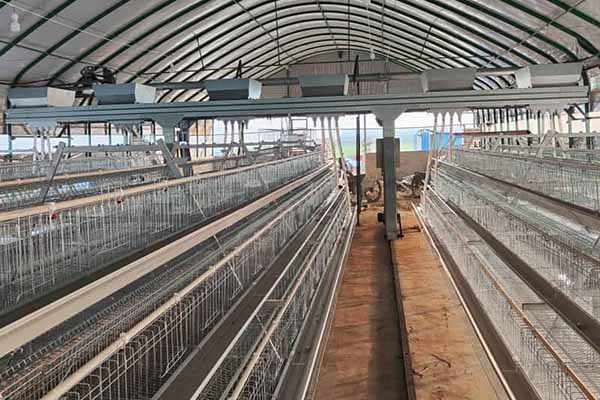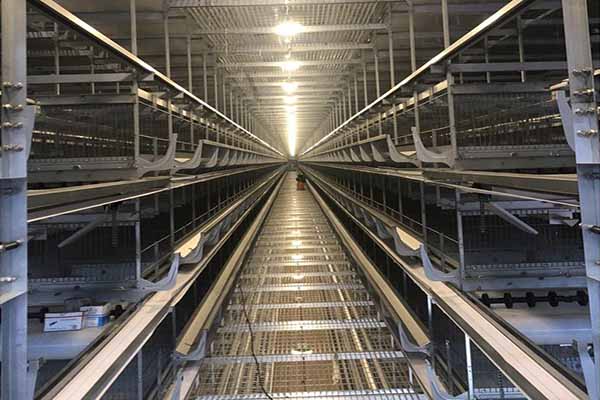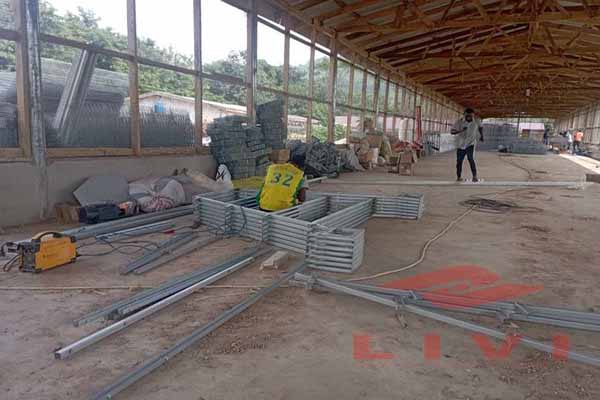Manual vs. Automation: Cost Comparison in the Modern Workplace
Time : 2025-04-26
When it comes to managing tasks in the modern workplace, the debate between manual labor and automation is a hot topic. Businesses are always looking for ways to streamline operations and reduce costs, and understanding the financial implications of these two approaches is crucial. In this article, we’ll dive into a cost comparison between manual and automation, providing you with the insights you need to make an informed decision for your business.
The Basics of Manual and Automation
Let’s start by defining what we mean by “manual” and “automation.” Manual labor refers to tasks that are performed by humans, often requiring physical effort, skill, and judgment. Automation, on the other hand, involves using machines, software, or other technology to perform tasks with minimal human intervention.
Initial Costs: Investing in Automation
When considering automation, the initial investment is often a significant concern. Automation typically requires purchasing new equipment, software, and possibly training employees. Here’s a breakdown of the potential costs:
- Equipment and Software: The cost of the automation equipment or software can vary widely depending on the complexity of the task. For example, a simple conveyor belt system might cost a few thousand dollars, while a high-end robotic arm could run into the tens or even hundreds of thousands.
- Installation and Setup: Installing new automation systems often requires professional expertise, which can incur additional costs.
- Training: Employees will need to be trained on how to use the new automation tools, which can take time and resources.
While the initial costs of automation can be substantial, they are often offset by the efficiency gains and potential cost savings over time.

Operational Costs: The Long-Term View
When comparing the costs of manual labor and automation, it’s essential to consider not just the initial investment but also the ongoing operational expenses.
and automation, it’s essential to consider not just the initial investment but also the ongoing operational expenses.
Manual Labor Costs
Manual labor costs include wages, benefits, and other associated expenses:
- Wages: The hourly rate for manual labor can vary based on the region, skill level, and complexity of the task.
- Benefits: Providing benefits like healthcare, retirement plans, and paid time off can add significantly to the cost of manual labor.
- Training and Turnover: Regularly training new employees and dealing with turnover can also be costly.
Automation Costs
Automation costs include:
- Energy Consumption: Running automated systems requires energy, which can add to the operational costs.
- Maintenance: Automated systems will need regular maintenance to ensure they continue to operate efficiently.
- Upgrades: Over time, technology evolves, and your automation systems may need to be upgraded to stay current.
While automation may have higher upfront costs, the efficiency gains can lead to significant savings in the long run. For example, automation can reduce the time it takes to complete tasks, decrease errors, and increase productivity, all of which can lower the overall cost per unit produced.
Scalability and Adaptability
Another factor to consider is scalability and adaptability. Manual labor can be more flexible in terms of adapting to changing demands, but it may also be more challenging to scale up operations. Automation, on the other hand, can often be scaled up quickly and easily, and it can be adapted to new tasks with relative ease, provided the technology allows for it.

Risks and Considerations
While automation offers many benefits, it’s important to consider the risks and challenges as well:
- Job Displacement: Automation can lead to the displacement of workers, which can have social and economic implications.
- Complexity: Implementing and managing automation systems can be complex and requires a skilled workforce.
- Dependence on Technology: Automation increases dependence on technology, which can be a risk if there are technical issues or outages.
Conclusion
Deciding between manual labor and automation is a complex decision that requires a thorough cost comparison. While automation may have higher initial costs, the long-term savings and efficiency gains can make it a compelling option for many businesses. It’s essential to weigh the benefits against the risks and consider the specific needs and goals of your organization.
Ultimately, the best choice depends on your unique circumstances, including your industry, the nature of the tasks, and your business objectives.











